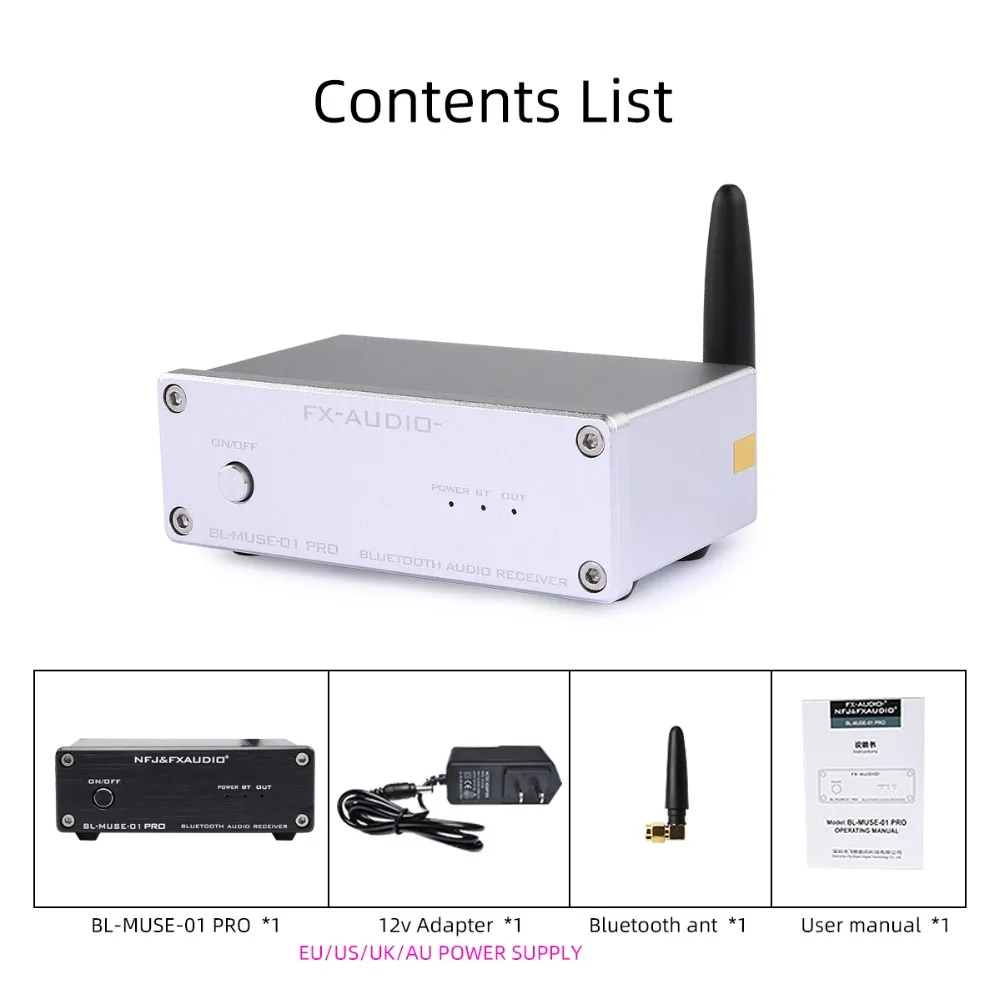POCO X3 Pro Custom ROM Guide How to Install & Best Custom ROM
17 April 2023Features like a powerful stereo speaker setup, a 3.5mm headphone jack, a cooling system, and a high-refresh-rate display further improve the gaming experience. The Poco X3 Pro is a decent mid-range phone and is definitely at the top. However, it doesn’t come close to other mid-range models like the Redmi K40.
- Below, we have shared step by step procedure to Install Stock firmware flash file on XIAOMI.
- It was also very common to see reviews of excessive power consumption.
- In addition, there’s an IR blaster, a 3.5 mm audio jack, FM radio, a notification LED, as well as Bluetooth 5.0 and NFC, which makes the configuration quite extensive.
- According to an Antutu benchmark, it scores just a little bit higher than the OnePlus 7 Pro, a fantastic device in its own right.
With new fast charging technologies, your device charges quickly and you can continue your use from where you left off. When you have a high-performance device, you can have a much better gaming experience, and it is unlikely that you will encounter problems such as lag during interface transitions. Snapdragon, MediaTek and other manufacturers have designed a number of chipsets.
- Here I will mention only features that are not available in other mobile manufacturers’ Android 11 versions, and it is exclusive to Xiaomi mobiles.
- The Snapdragon 732G that powered it was found in much more expensive mid-range smartphones like the Google Pixel 4a.
- It has a large 6.6-inch display and has a big camera housing at the back.
- With moderate use, you might even be able to stretch to a day and a half.
- This part of the rear picks up fingerprints easily, and they stand out even more because the matte areas on either side remain relatively clean.
The main camera takes decent pictures in daylight with reasonable detail and good dynamic range. Color accuracy is also quite respectable with low noise. Perhaps a software update in the future might make things better. I did not use the 48MP option since the file size starts to get very large and eats up storage space quickly. Also, there isn’t a huge discernable stock firmware difference between the 48MP versus the 12MP output. While Xiaomi did a great job with bumping hardware specs on the X3 Pro the camera department got the short end of the stick.

All this really means is you don’t get the Xiaomi Poco X3 Pro’s excellent Snapdragon 860 chipset for free. Its camera is superior, and not just because it has more pixels, 64MP to the Poco X3 Pro’s 48MP. The Pro tends to smudge fine detail, and demonstrates poorer mid-tone contrast than the best in this class.